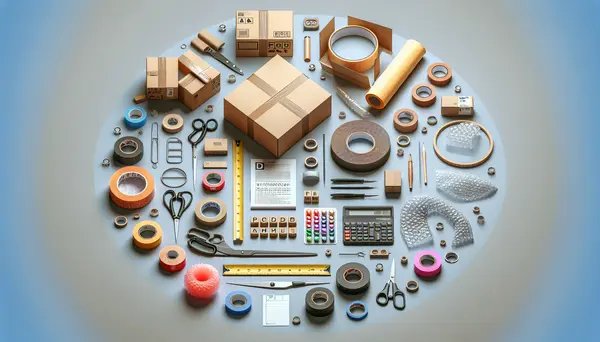Cut-off
Cut-off
Cut-off in Packaging
In the world of packaging, the term cut-off refers to the point where a continuous material, like paper or plastic, is cut to create individual units. This process is crucial in manufacturing and packaging industries.
Why is Cut-off Important?
The cut-off process ensures that each package is the correct size and shape. It helps maintain consistency and quality in the final product. For example, in the production of cereal boxes, the cut-off determines the exact dimensions of each box.
How Does Cut-off Work?
During the cut-off process, machines use blades or lasers to cut the material. These machines are often programmed to cut at precise intervals. This precision is vital for reducing waste and ensuring each package meets the required standards.
Types of Cut-off Techniques
There are several cut-off techniques used in packaging:
- Rotary Cut-off: Uses rotating blades to cut materials.
- Laser Cut-off: Uses laser beams for high precision cuts.
- Die Cut-off: Uses custom-shaped dies to cut specific shapes.
Benefits of Accurate Cut-off
Accurate cut-off offers many benefits. It ensures that each package is uniform, which is essential for branding and customer satisfaction. It also reduces material waste, saving costs and promoting sustainability.
Conclusion
Understanding the cut-off process in packaging is essential for anyone in the industry. It plays a key role in ensuring product quality, reducing waste, and maintaining consistency. Whether using rotary, laser, or die cut-off techniques, precision is the key to success.
Blog Posts with the term: Cut-off

Packaging design is a process of creating exterior product protection and communication tool that encapsulate a brand's identity, conveys essential information about the product, and influences consumer purchasing decisions. Designers should prioritize clarity and simplicity, emphasize originality, ensure functionality, design...
